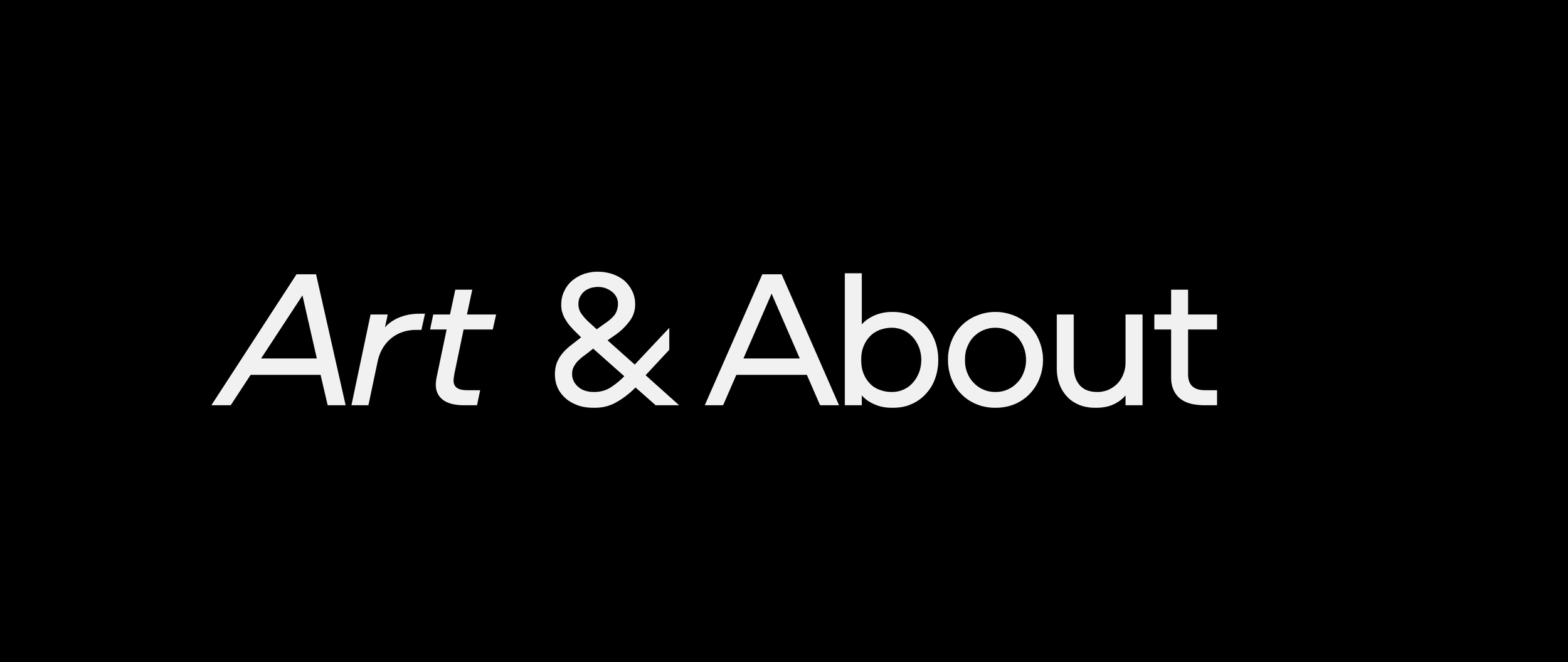Kinke Kooi, "The Grotesk of Raising"
By LINDSAY COSTELLO
Kinke Kooi, The Grotesk of Raising (2021). Acrylic, gouache, colored pencil, collage, and yarn on paper. Each panel: 40.2” x 30”; overall: 40.2” x 89.75”.
On view at Adams and Ollman until September 4, Kinke Kooi’s The Grotesk of Raising marks the Dutch artist’s first solo exhibition on the West Coast. For the exhibition, Kooi shares a series of ten recent mixed-media paintings and drawings on paper, representing years of exploration on themes of feminism and bodily autonomy, binaries and structure. The result is a non-hierarchical Eden, where curving pearl-forms and intestine-like masses intertwine, becoming body and beyond-body.
Kooi favors swirling imagery that recalls organs, coral reefs, and fleshy fruit. Her abstracted forms are soft and fertile; they’re also ultra-sensory, like something strange and squishy you’d stick your hand into during a Halloween game. References to interiority are clear, but mysteries remain. A palette of lush, oceanic pastels pushes this sense of the mystic alongside the organic. If you dissected a mermaid, you might find Kinke Kooi’s paintings inside.
Kinke Kooi, Birth of Venus (2020). Acrylic, gouache, and colored pencil on paper. 40.2” x 30”.
Kooi fills the frame. She demands space, developing a framework of surface vs. depth that echoes throughout several works. (In Impressions (2019) and In Touch (2011), disembodied hands reach into watery realms from above. In Birth of Venus (2020), the moon illuminates an intricate underwater idyll of clams and pearls surrounded by open curtains, as if mid-performance.) Even Kooi’s method of working demands space—her pieces, complex and ultraprecise, can take up to a year to complete.
While reflecting on her experiences of gender and the body, Kooi also finds space to play with smaller scales. In Why Do Men Have Nipples? (2) (2020), little objects blend into the scene: shells, buttons, studs. Penciled notes, written directly on several works, pose questions: “Is one god a monoculture?”, and reveal sorrow: “All of my kindness is taken for weakness.” These notes are scarcely visible in online documentation, and even in person, I have to stand inches from the artworks to read them.
Kinke Kooi, Bonding (2019). Acrylic, gouache, and fineliner on paper. 40.5” x 26”.
When looking at Kooi’s visuals, I float in a thousand directions. I think of religious iconography, the female-coded body, coral gardens, and anatomical drawings. I think of zoophytes. I think of the remarkable, and threatened, fynbos biome. Yet, like hidden keys, Kooi’s tiny writings hint at deeper thought processes supporting her work. When I read, “Is one god a monoculture?”, I consider the vulnerabilities inherent to monocultural farming and the monoculture of patriarchy. Kooi’s notes also lead me down further paths: How does sadness express itself in our physiology? In nature? What about frustration, particularly in the face of harsh binaries?
I hold these sorrows, these sensations of oppression, when reading Kooi’s notes. Yet there are obvious celebrations manifesting in her visuals, too. In the fecund garden of Kooi’s work, curvature, ornamentation, flora, and fauna all indicate movement. This is progress; this is balance, or something close to it. Kooi’s world is not a Cronenbergian body horror. She may derive inspiration from a deep longing for things to be different, but Kooi creates a paradise along the way.
Kinke Kooi’s The Grotesk of Raising is on view by appointment at Adams and Ollman, Portland, Oregon until September 11, 2021.
This review was made possible in part because of the support from our Patreon members.
Kinke Kooi, Why Do Men Have Nipples? (2), 2020. Acrylic, gouache, colored pencil, shells, buttons, and press studs on paper. 12.2” x 10.1”.
Kinke Kooi is a contemporary Dutch artist, born in Leeuwarden, Friesland (NL) in 1961. Kinke Kooi is most frequently exhibited in United States, but also had exhibitions in Netherlands, Germany and elsewhere.
Lindsay Costello is an artist, writer, and herbalist-in-training in Portland, OR. She has written art criticism for Hyperallergic, Art Papers, Art Practical, Oregon Arts Watch, and many other publications.




